Robert Field (c.1769–1819)
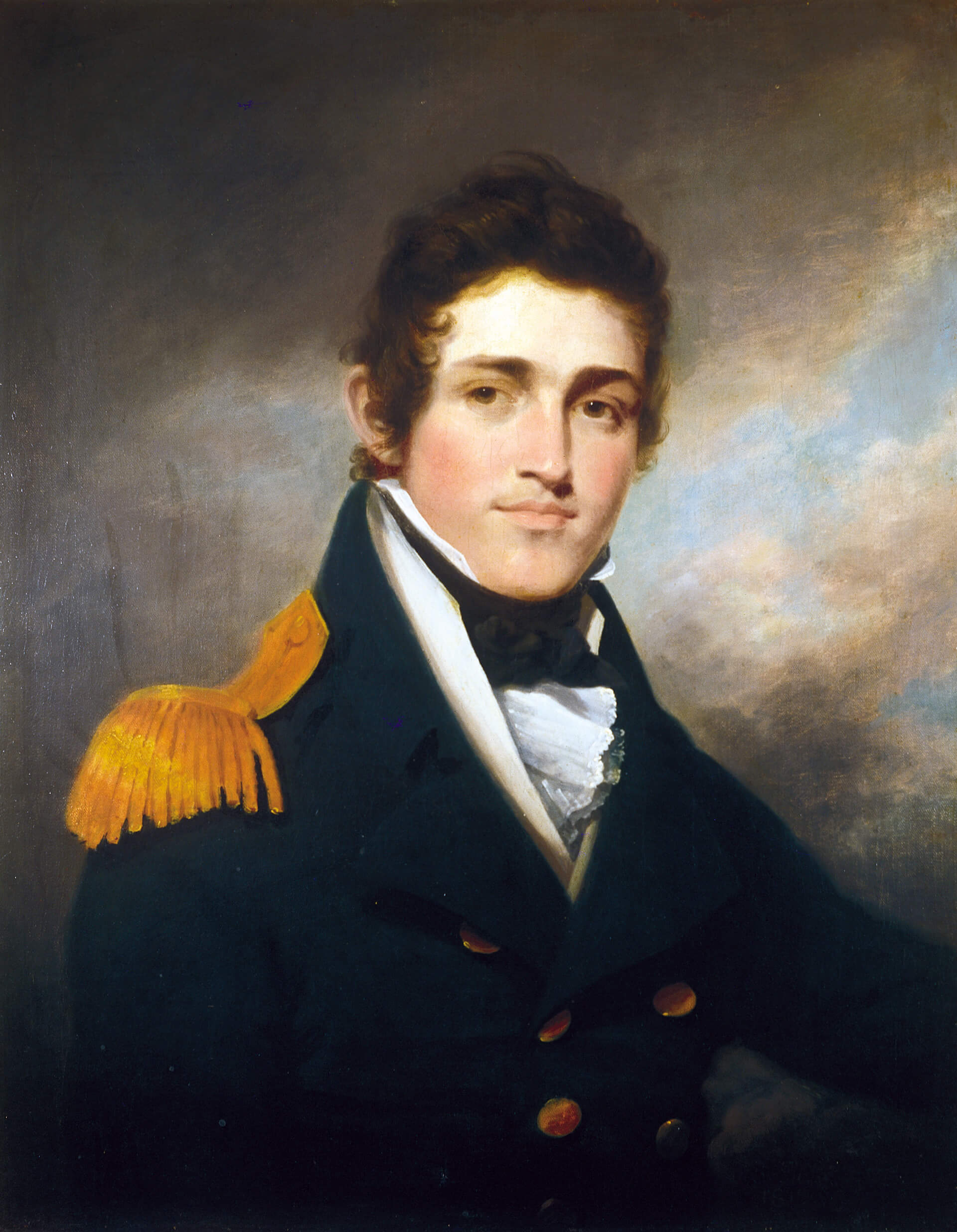
Robert Field, Lt. Provo William Parry Wallis, c.1813
Oil on canvas, 76.2 x 63.5 cm
Art Gallery of Nova Scotia, Halifax
In 1808 British artist Robert Field moved to Halifax from the United States. Halifax was then a boomtown as the North American base for the Royal Navy and an important centre in the war with the French Empire. Field, academically trained in London, made an immediate impact on the small art scene in Halifax.
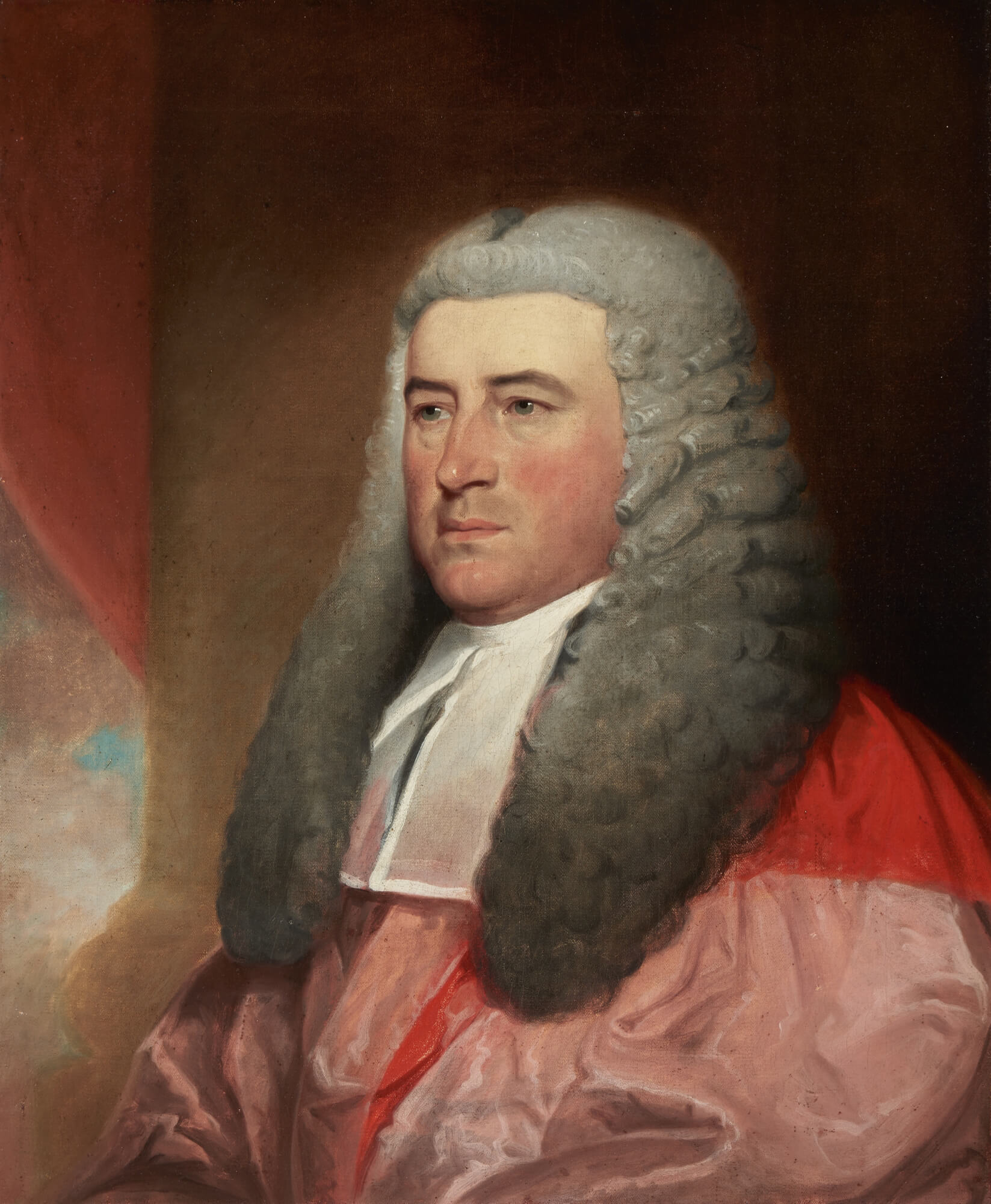
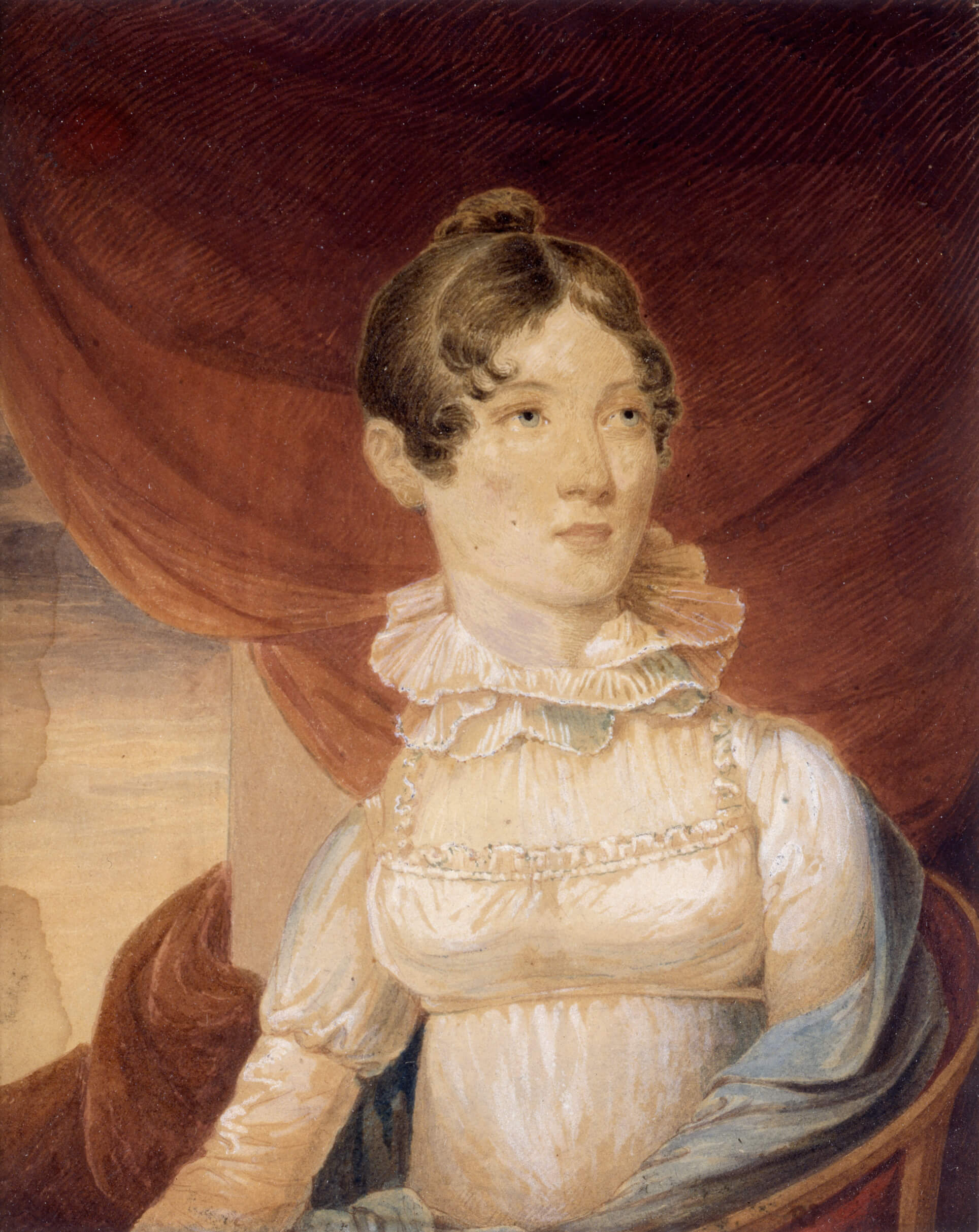
Little is known of Field’s early career in London, except that he studied at the Royal Academy of Arts in 1790. In 1794 he moved to the United States, living in Baltimore before moving to the then-capital, Philadelphia. He spent fourteen years working there mainly as a miniaturist, painting some of the most prominent citizens of the new republic, including George and Martha Washington and Thomas Jefferson.
After moving to Halifax in 1808, he painted a portrait of lieutenant governor Sir John Wentworth (1737–1820), and with Wentworth’s patronage set up a studio in Alexander Morrison’s bookshop to offer his services as a portrait painter to the city. Field spent only eight years in Halifax, but over that time he painted numerous full-scale and miniature portraits, perhaps as many as 150. Notable among them are his portraits of Justice Sir Alexander Croke (1758–1842) and of the War of 1812 naval hero Provo Wallis (1791–1892), born in Halifax. Field was so successful in marketing his talents that he eventually exhausted the market for portraits in the city, and in 1816 he moved to Jamaica, where he died a few years later of yellow fever.

 About the Author
About the Author
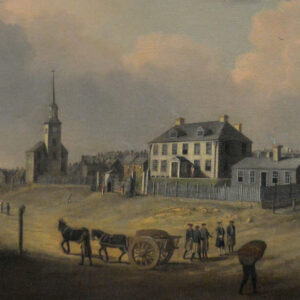 More Online Art Books
More Online Art Books
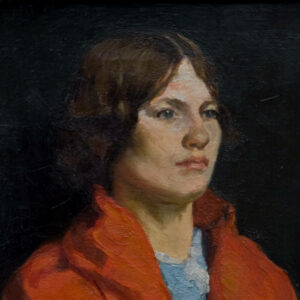 Acknowledgements
Acknowledgements